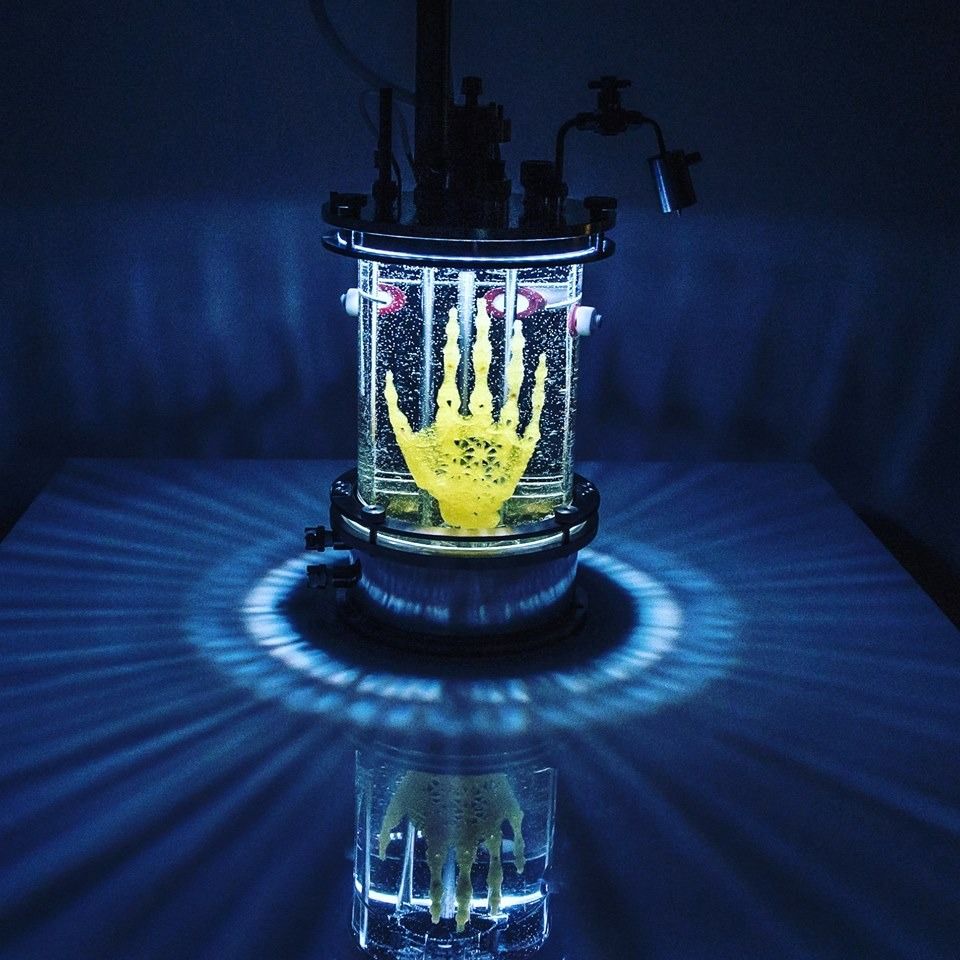The annual 2018 World Robot Conference in Beijing is a showcase of China’s burgeoning industry ranging from companion robots to those deployed on factory assembly lines and entertainment.



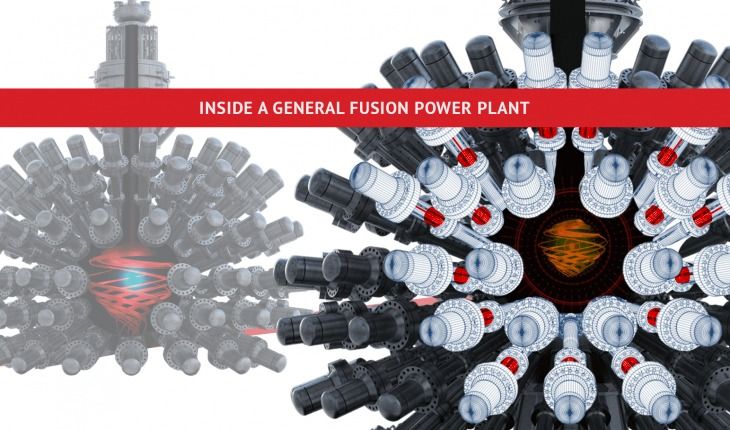
In 2018, Canada is ranked tenth in the world in nominal GDP. It is a rich developed country. Despite having an economy that is 11 times smaller than the USA or 7 times smaller than China, Canada has world competitive or world-leading projects in quantum computing, artificial intelligence, molecular nanotechnology, nuclear fusion and nuclear-molten salt.

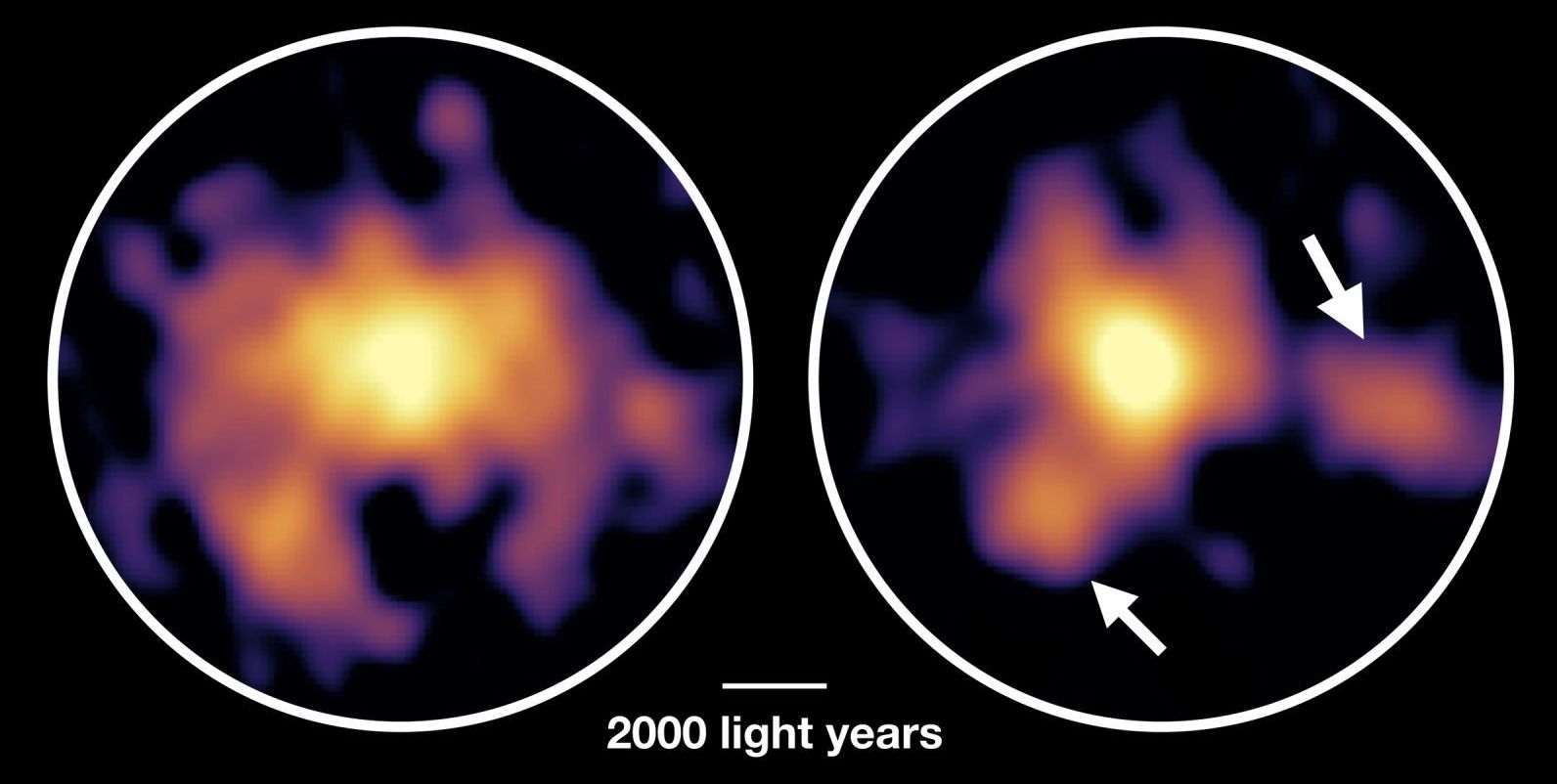
Chile’s Atacama Large Millimeter/submillimeter Array (ALMA) has observed a galaxy that looks nothing like what researchers expected. It’s forming stars at an absolutely incredible rate.
The “Monster Galaxy”, also known as COSMOS-AzTEC-1, formed just 2 billion years after the Big Bang, and it turns more than a thousand Suns worth of gas into stars each year. Scientists still don’t understand these early galaxies very well, but now they have some new information that can shed light on why they form stars so blisteringly fast.

Germany helped make solar power cheap. As of June this year, it boasts 1 million homes that have installed rooftop solar panels. That means the country produces a lot of renewable energy—sometimes more than it can use.
At such times, German grid operators have had to pay neighboring countries or grids to use the excess electricity. Since the beginning of this year, German grids have accumulated 194 hours (paywall) with negative power prices.
Now Germany is turning to energy storage as a solution to the problem of excess electricity. On Aug. 28, an energy ministry official attended the commissioning (link in German) of the 100,000th home to install a battery-storage system that’s connected to the grid.

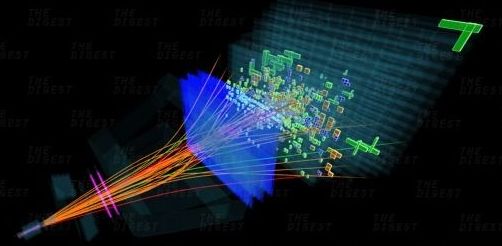
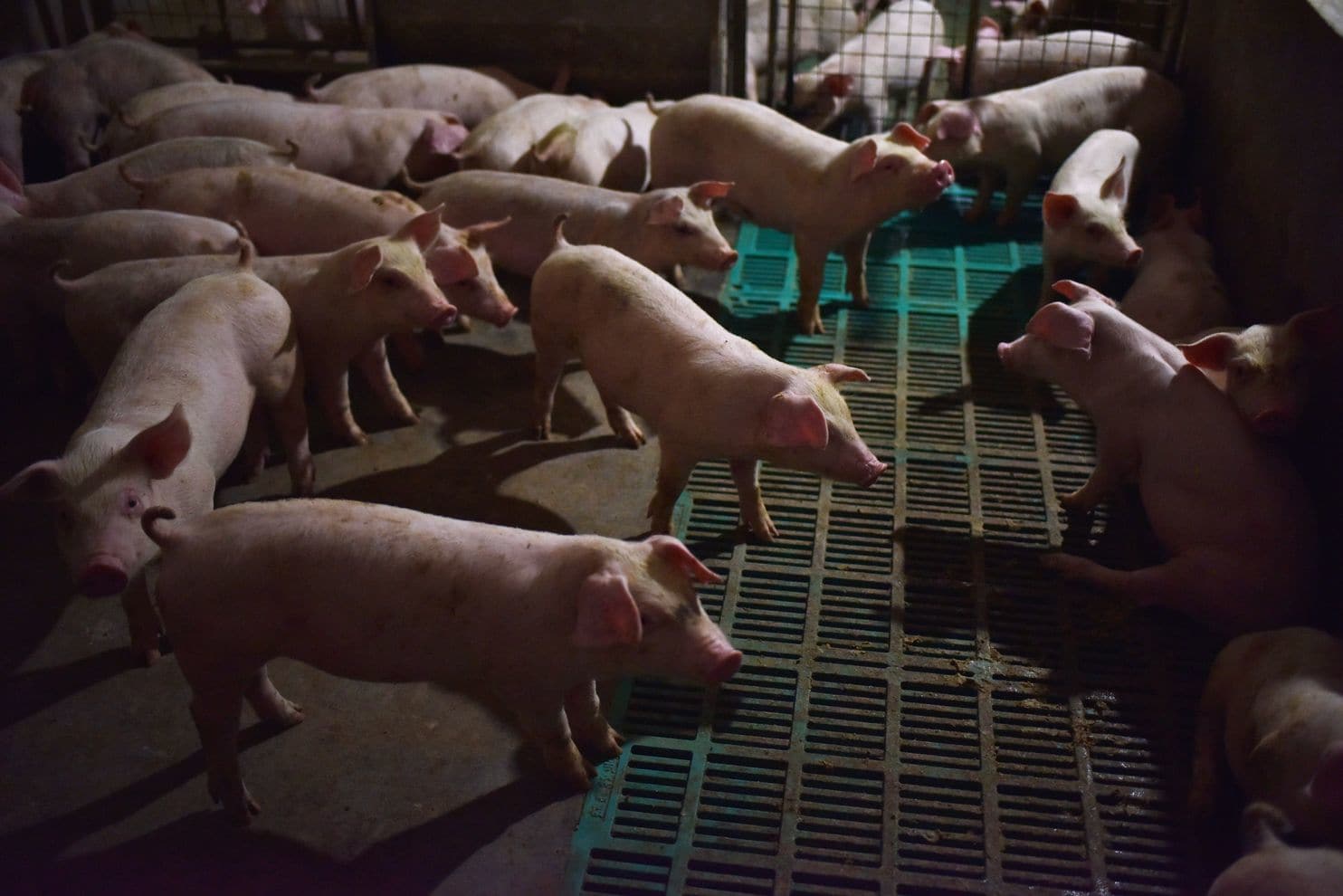
BEIJING — Chinese officials are scrambling to stop a deadly African swine fever outbreak with the potential to ravage the country’s pig population.
Since early August, the virus — which does not threaten humans — has spread to four provinces and has been detected in areas about 750 miles apart. The budding epidemic could endanger the livelihoods of hundreds of thousands of hog farmers and jeopardize China’s enormous pork industry.
China has about 700 million pigs, half the world’s pig population. Pork is the country’s primary protein source.
